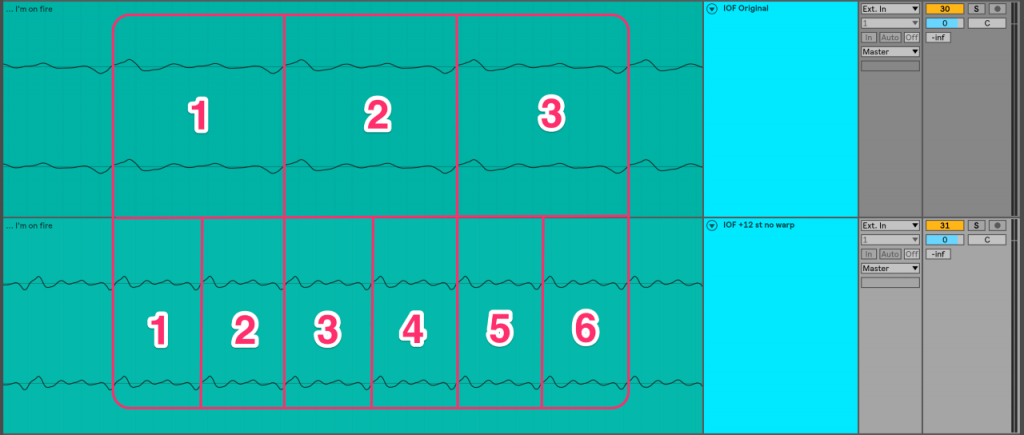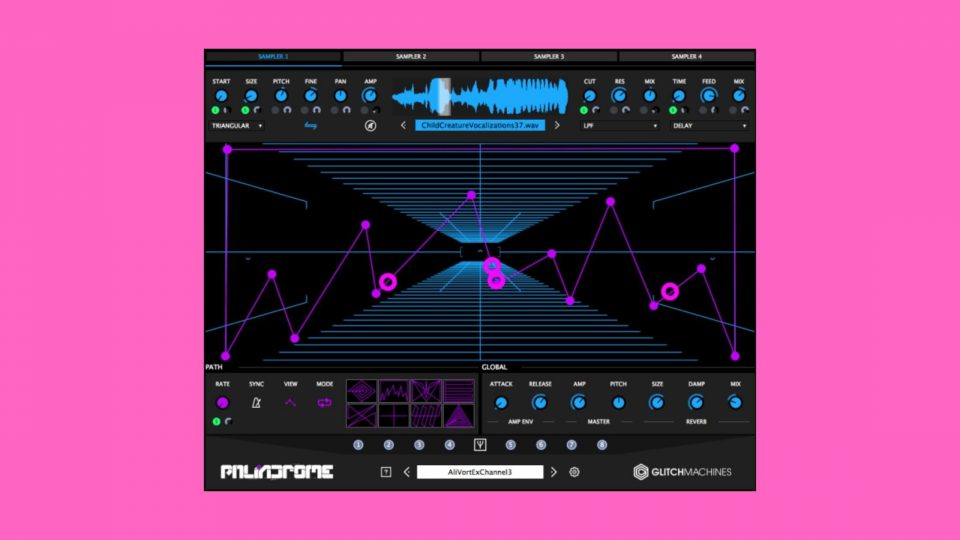Define Synthesis: How Does Granular Synthesis Work?
Granular Synthesis for Dummies
It is that time again for us to dive deep and explore another method of synthesis. This time we’re roaming the halls of granular synthesis!
Before we proceed, you’ll probably find it beneficial to have a peep at what we’ve already covered. From synthesizer fundamentals such as oscillators to our most recent article on modular synthesis!
Define Synthesis Series
How Do Synthesizers Work?
How Does Subtractive Synthesis Work?
How Does Additive Synthesis Work?
How Does FM Synthesis Work?
How Does Wavetable Synthesis Work?
How Does Vector Synthesis Work?
How Does AM Synthesis Work?
How Does Modular Synthesis Work?
How Does Granular Synthesis?
How Does Sample Based Synthesis Work?
How Does Spectral Synthesis Work?
How Do Vocoders Work?
What is Granular?

Granular synthesis is a method of synthesis where a sample or waveform is cut up into tiny segments. This process is called granulation and the segments are known as grains.
Each grain can be as short as 1 millisecond and as long as 100 milliseconds. Depending on the size of your source, you could see a different number of grains per source.
Therefore, your original sample is split into a selection of smaller samples. This new table of chopped samples is called the “graintable“. If the grain samples were played in the order they held in your original sample, and at the speed of the original sample, you would hear your original sample as if it had not been chopped in the first place.
Granular synthesis makes it very easy to create new sounds from your old ones. As well as rearrange the grains, you can manipulate their wave shapes, layer, loop, and stretch them.

Above is a fantastic, simplified, representation of the granulation process from the iZotope blog.
Granular synthesis VSTs are like chopping boards, and granulation is the process of cutting your cucumber into small pieces. If you fancied a digressing away from cooking your dinner & rearrange the order of the sliced cucumber pieces, you can replicate one process of granular synthesis – but there’s a lot more you can do with this baby.
How Granular Synthesis Works
Think of granular synthesis like wavetable synthesis for a moment.
In wavetable synthesis, the source audio is chopped up into segments of audio we call wavetables. From here, we can play each wavetable as an individual note. It’s important to note that all you hear from your oscillator is a repeating signal of the segment you have selected via Wavetable Position.
Granular synthesis operates on this same principle, but there is a lot more sound design potential here. In wavetable synthesis, you’re limited by the oscillator in the synth you use. You can’t get access to the whole wavetable unless you modulate correctly over time.
With granular synthesis, however, you have full control over the entire graintable of sounds and you can manipulate them into something new whenever and however you like.
What Can A Granular Synthesis VST Do?
Sample Smoothing
We’ve all had experiences where we find pops & clicks in our audio when we reach the editing stage.
To avoid these pesky things in granular VSTs, the volume of each grain should be faded in and out – and you have full control of the fades. This is an important stage because the fades that you choose will affect the final tone of your sound.
For a smooth transition between samples, a rounder fade would be needed. If you used a sharper shape, you’ll get a sharper sound.
Sample Selection
Whether you want to use your own sample or a stock one from your granular VST synth, granular synths normally allow you to choose a sample from your library or theirs. Once loaded, the sample will be sliced like a chef cuts carrots.
As well as this, your synth will also allow you to isolate a specific part of the sample you want to turn into a graintable. Not enough? Well, go ahead and reverse the grains! See if that tickles your imagination.

Pitch Tracking
Depending on what sort of sound you desire, pitch tracking is a tool you’ll want to utilise.
If your sample isn’t one held note through its duration, the pitch will shift around. This can be a great effect for vocal-like melodies in your dubstep intros, but for pads and basses, it’s much less desired.
Pitch tracking will allow you to “flatten” the pitch and maintain the note you’re playing.
Graintable Motion
If you hadn’t already guessed, motion in your graintable is how fast or slow your synth scans through the graintable. The faster your synth scans, the more complex tones you can create like FM synthesis.
You may also be able to manipulate the motion direction, such as moving backwards as well as forward through the graintable.
Grain Shape
Many granular synths such as FORM by Native Instruments let you change the waveshape of each and every grain.
I’m not sure about you, but I’m ready to grab some Mixxed samples and manipulate them in every way I can!
